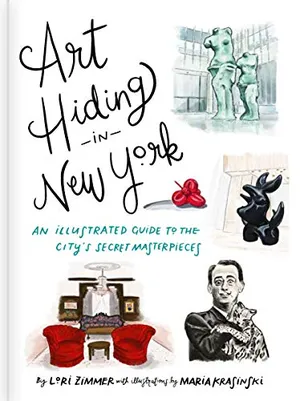With its abundance of museums, art galleries and street art, New York City has long been a mecca for world-class art. However, many of the city’s most impressive pieces of artwork are hidden in plain sight, and you just have to know where to look (or listen) to find them.
In her new book Art Hiding in New York, writer and art curator Lori Zimmer leads readers on a journey through Manhattan highlighting some of the island’s art gems tucked away in office building lobbies, downtown lofts and churches—all of them accessible (and free!) to the public.
About 10 years ago, Zimmer began documenting all of the artwork she’d happen upon while navigating her way through the city’s bustling streets. “I was fired from a job at an art gallery and traumatized; I didn’t know what else to do with my time, so I started walking every street in Manhattan and began noticing the city’s abundance of art,” Zimmer says. “I would go home and do research on each piece.” In 2012, she launched a blog called Art Nerd New York where she'd record her findings. Now that blog has turned into a book, which features illustrations drawn by Zimmer's childhood friend, Maria Krasinski.
Art Hiding in New York: An Illustrated Guide to the City's Secret Masterpieces
Uncover the artistic masterworks hidden across New York City in this charmingly illustrated exploration of one of the world's greatest creative treasure troves.
While many of the artists featured in the book are relatively unknown, others are household names, including Keith Haring, Salvador Dalí, Diane Arbus and Louise Bourgeois, offering readers a window into the city’s lesser-known art scene.
“The book is designed so that you can carry it around in your bag while you’re exploring the city,” she says. “I want people to use their imaginations and open their eyes to the city's hidden art.”
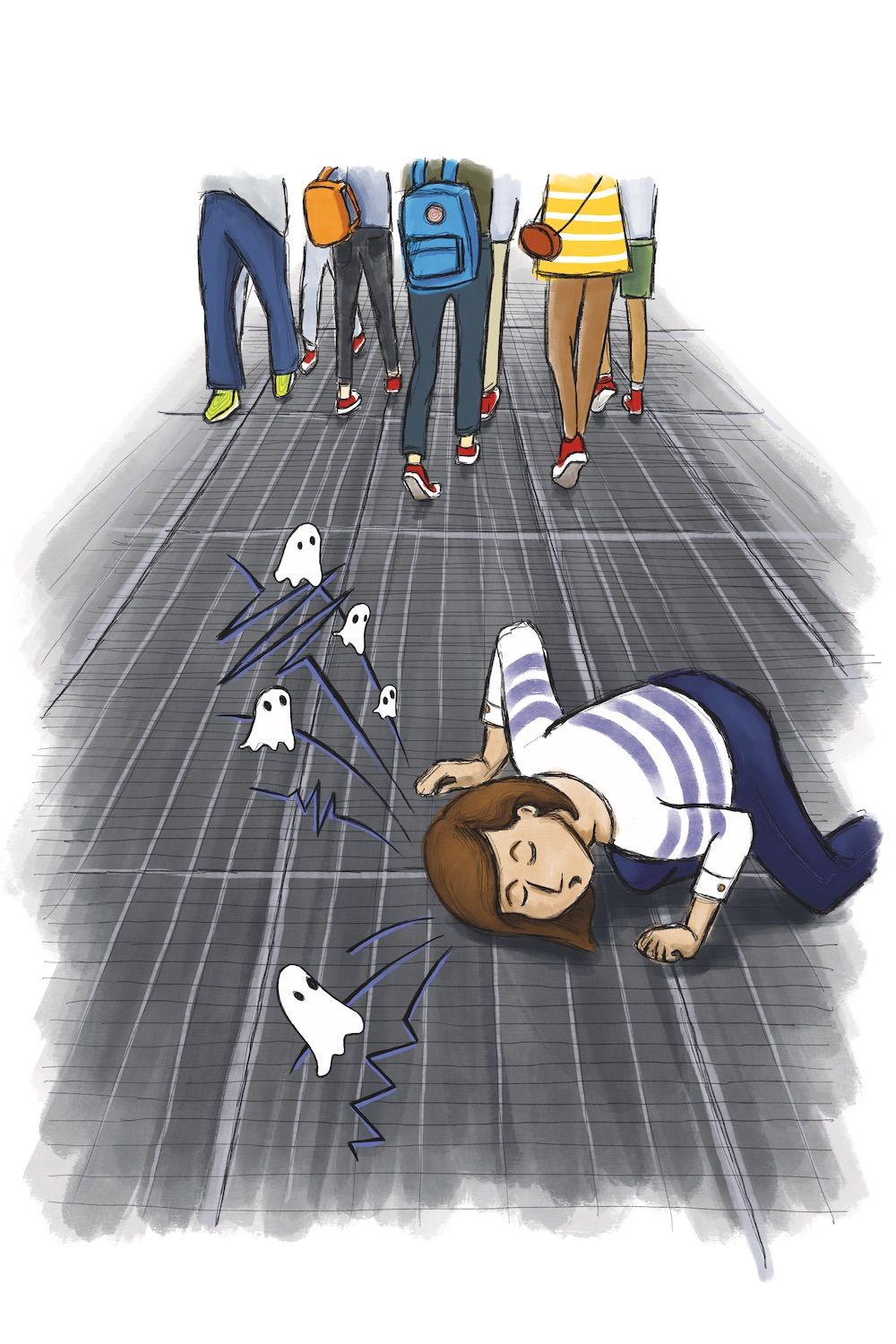
Times Square, by Max Neuhaus
It’s easy to get swept up in the cacophony of sights and sounds pulsating through Times Square, but if you listen closely, you’ll be in for a surprise that often goes unnoticed by the crowds storming midtown. Located beneath the subway grates on a pedestrian island on Broadway between 45th and 46th streets, sits a sound sculpture created by artist and classical musician Max Neuhaus. Aptly named Times Square, the installation emits a steady low drone that plays on a continuous loop 24 hours a day, seven days a week. When Neuhaus made the installation in 1977, he intended for it to blend into the surroundings, and to say he was successful would be an understatement. Most people don’t even realize it’s there, and when they do, they chalk it up to the sounds of the city. “People often mistake it for a subway train below,” Zimmer says.
Subway Map Floating on a New York Sidewalk, by Françoise Schein
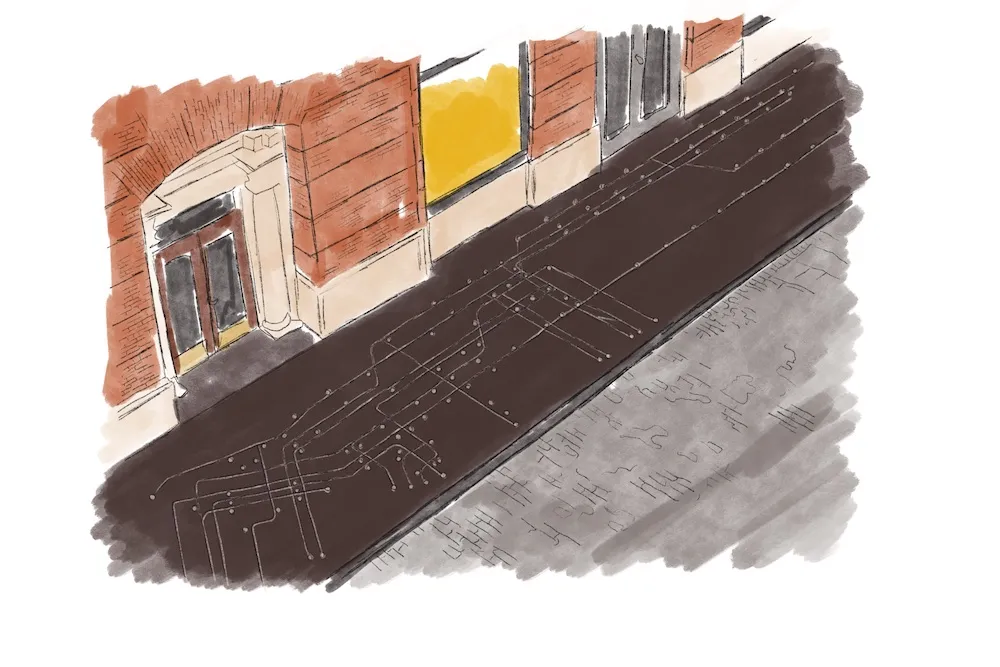
As with most bustling sidewalks in Manhattan, if you don’t pay attention to where you’re walking, you might run head-on with another person. But on a stretch in SoHo, it pays to look down. It’s there, at 110 Greene Street, that Belgian artist Françoise Schein planted a work of art directly into the sidewalk. Called Subway Map Floating on a New York Sidewalk, she created the work in 1985 after receiving a commission from a local real estate developer looking to spiff up the area outside his building. The result is a 90-foot long exaggerated replica of the city’s subway lines built using lengths of stainless steel that interplay with illuminated rounds of glass embedded into the cement. “The sidewalks are hollow in SoHo because of the buildings’ basements,” Zimmer says, “so at night the lights sparkle from below.” Although the piece does call to mind the subway, Schein was inspired by a less likely source: the human circulatory system, with the subway lines as veins. “She saw Manhattan as a living thing,” Zimmer says.
The Life of Christ, by Keith Haring
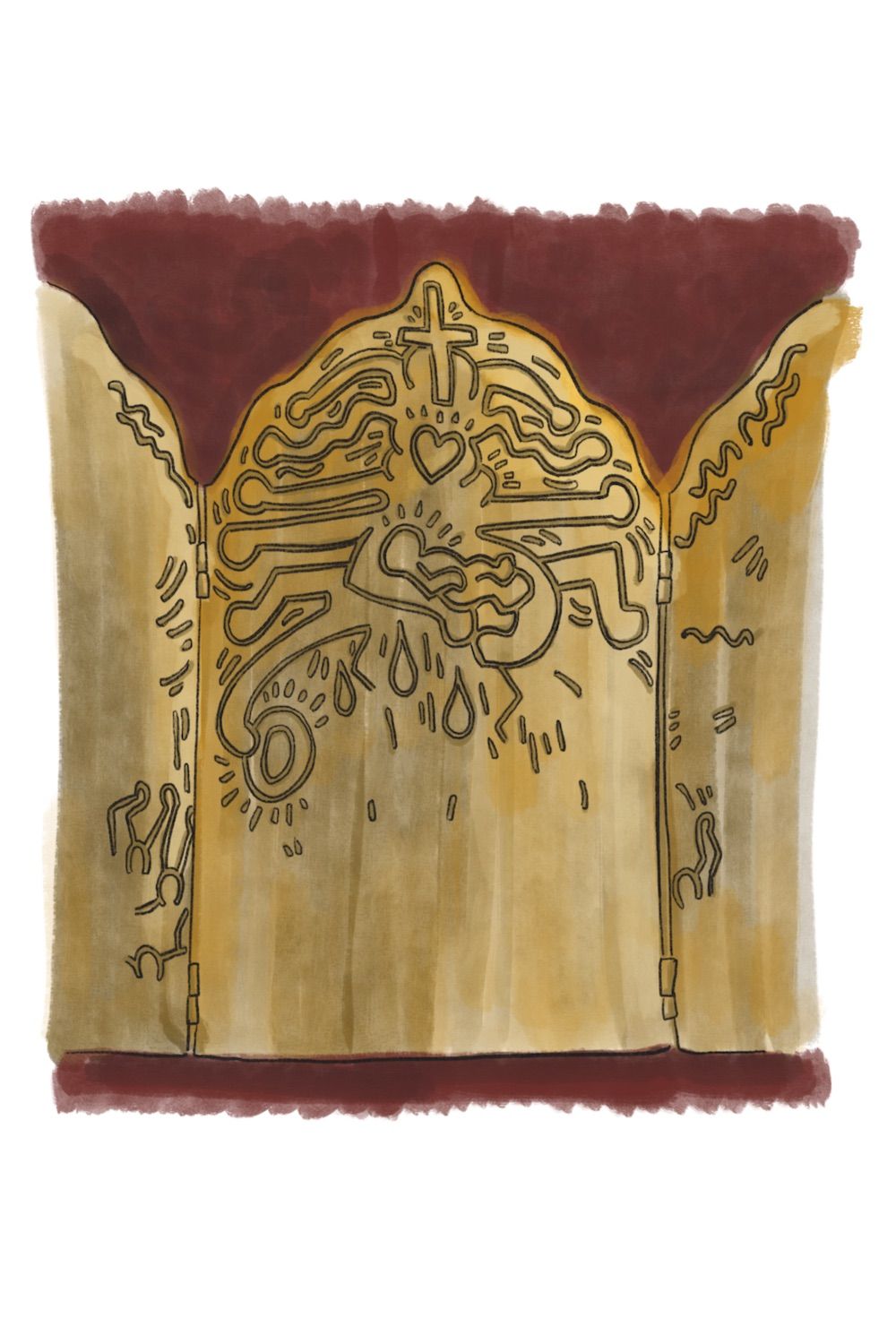
Works by the late pop artist Keith Haring can be spotted throughout his adopted hometown of New York City, with notable pieces on display at Astor Place, on the walls surrounding the Carmine Street Pool and along FDR Drive in East Harlem. However, there’s one piece in particular that many people might not be aware of since it’s located in an unlikely spot: inside the Cathedral of St. John the Divine on the city’s Upper West Side. While religion was a topic Haring rarely visited in his art, for this piece he was inspired by the life of Christ. The result is 260-pound, five-by-eight-foot triptych altarpiece finished in white gold leaf but depicted in Haring’s classic style of bulbous human figures.
The Life of Christ is one of many artworks on display at the largest cathedral in the world; it was also Haring’s final project before dying from complications from AIDS in 1990, a month after he completed the piece. “[The triptych] is one of nine works he created as part of a series,” Zimmer. “The other pieces can be seen in other cities around the world, like [at the Saint-Eustache Church] in Paris.”
For 7 World Trade, by Jenny Holzer
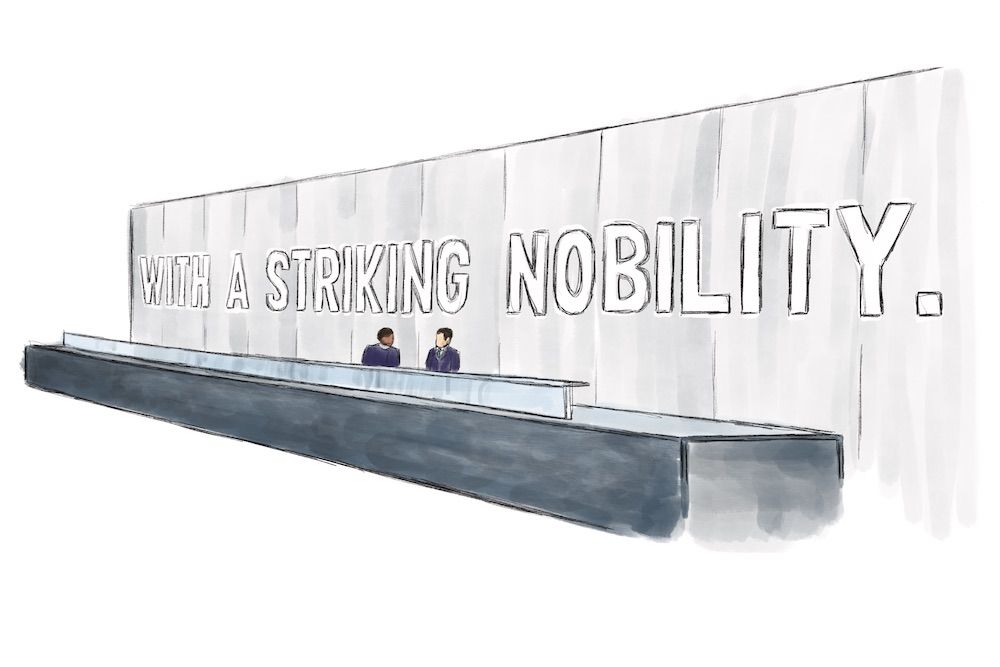
One of the city’s newest art pieces is also one of its most accessible to the public, despite it being housed inside an office building. Located in the lobby of 7 World Trade Center in Lower Manhattan, the scrolling 65-foot-long LED screen by multimedia artist Jenny Holzer can be seen from the street thanks to the plate-glass windows encircling the space, offering a peek of an ever-changing piece of art. Unveiled in 2006, the glowing installation features poems and prose written by New York luminaries like Pulitzer Prize-winning poet Elizabeth Bishop, poet and writer Allen Ginsburg and poet and novelist Langston Hughes. More recently, the screen has featured poems written by local children, which will remain part of the permanent installation. “I love that you can access it without entering the building,” Zimmer says. “There’s a park across the street from it with some benches where you can sit next to a fountain and have a little moment.”
The New York Earth Room, by Walter De Maria
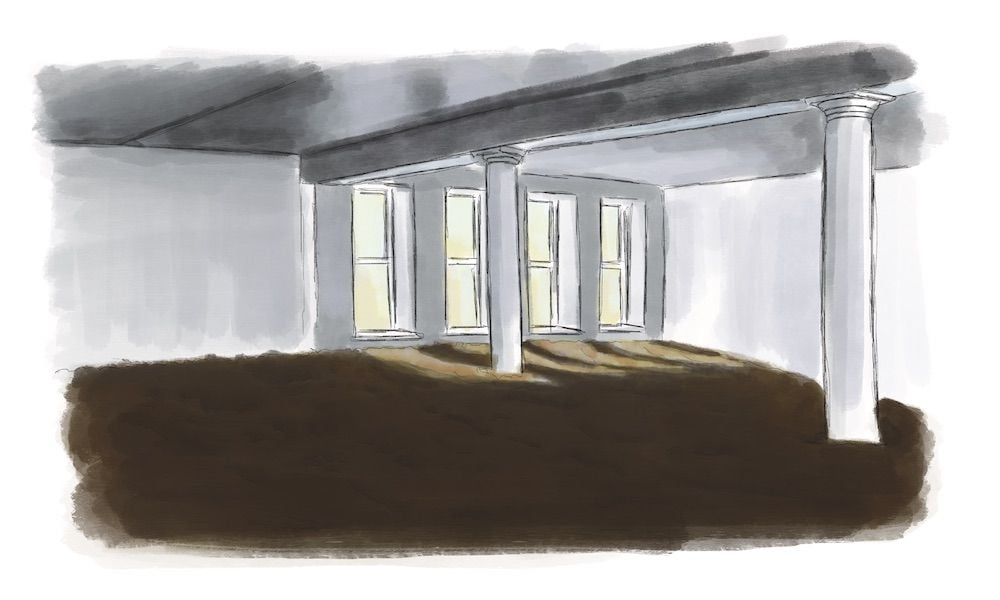
SoHo is known for its abundance of art galleries, but one art space remains largely hidden from the masses. Inside a nondescript building at 141 Wooster St. is a sprawling art piece called The New York Earth Room. Created by the late Walter De Maria, an artist and sculptor, the creation stretches across 3,600 square feet of empty floor space and is comprised of 280,000 pounds of dirt. Interestingly, the same dark soil has been in place since the piece debuted in 1977. The room is one of several similar works created by the artist (past locations include stints in Germany). “I always take people there whenever they visit,” Zimmer says. “It smells like earth, but in a good way, and sometimes I’ll just stop in for a meditative moment, since the soil absorbs outside sounds.” One reason why it isn’t well known is because photography isn’t permitted, helping to protect the space from social media’s prying eyes. While the space is currently closed to the public for the summer (it’s during this time of year that workers cultivate the soil and remove any errant mushrooms), it’s expected to reopen in the fall.
Shadows and Flags, by Louise Nevelson
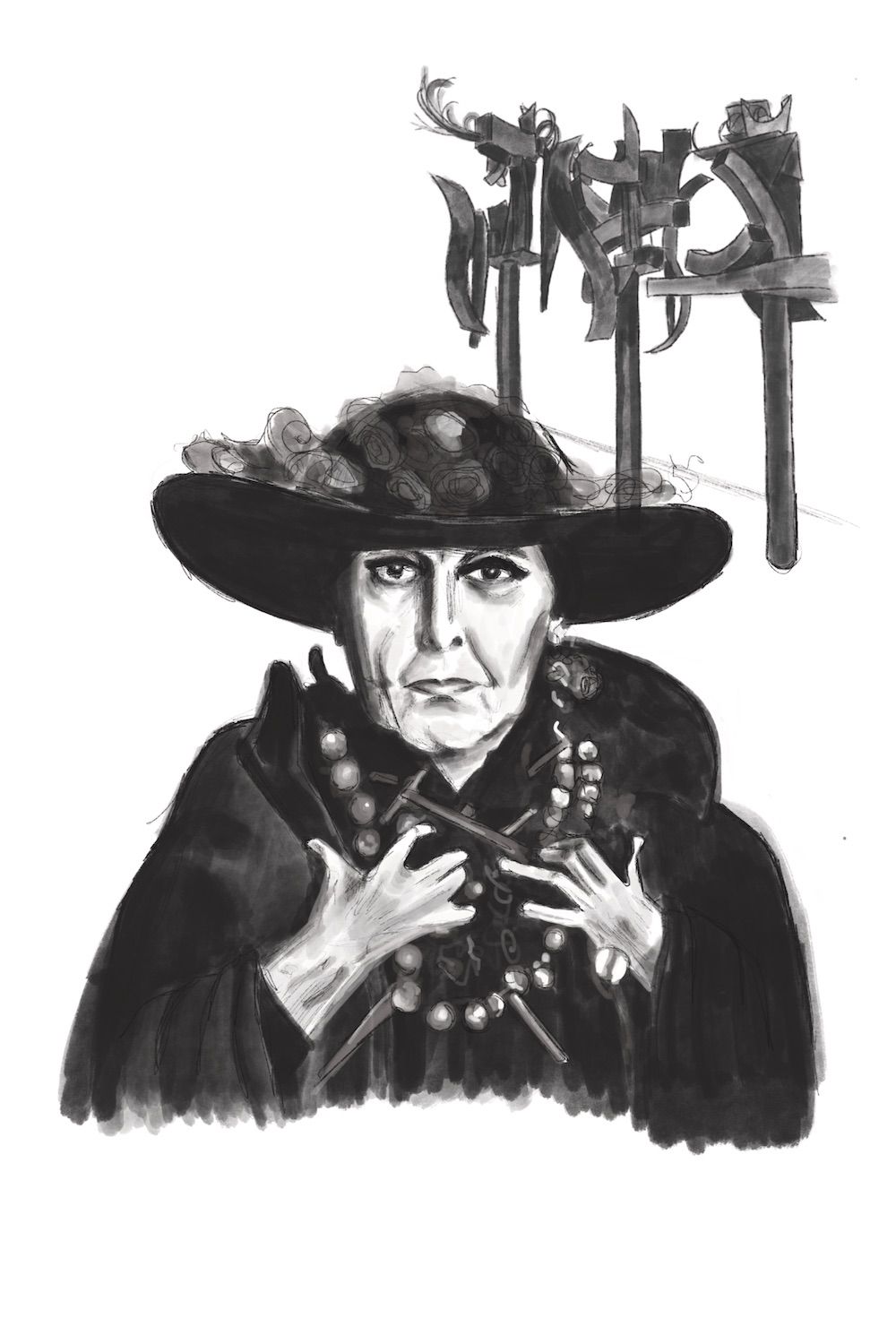
While this metal sculpture by the late artist Louise Nevelson is plainly visible at the intersection of Maiden Lane and William Street in Lower Manhattan, its relevance in the art world is far less known. Like many women artists before (and after) her, the Russian-born sculptor was no stranger to the misogyny permeating throughout the art world, but she didn’t let this dissuade her from making a name for herself by creating a comprehensive portfolio of artworks throughout her adopted city. One such example is Shadows and Flags, a towering piece built of weathered steel that she created in 1977. The piece mimics the skyscrapers shrouding Louise Nevelson Plaza where it’s located. The plaza also happens to be the first public space in the city to be named after an artist—either male or female—reiterating her notable position in the New York art scene. “You can see other examples of her work at Louise Nevelson’s Chapel of the Good Shepherd [inside Saint Peter’s Church],” Zimmer says. (The chapel is currently closed for renovations.)
Gay Liberation Monument, by George Segal
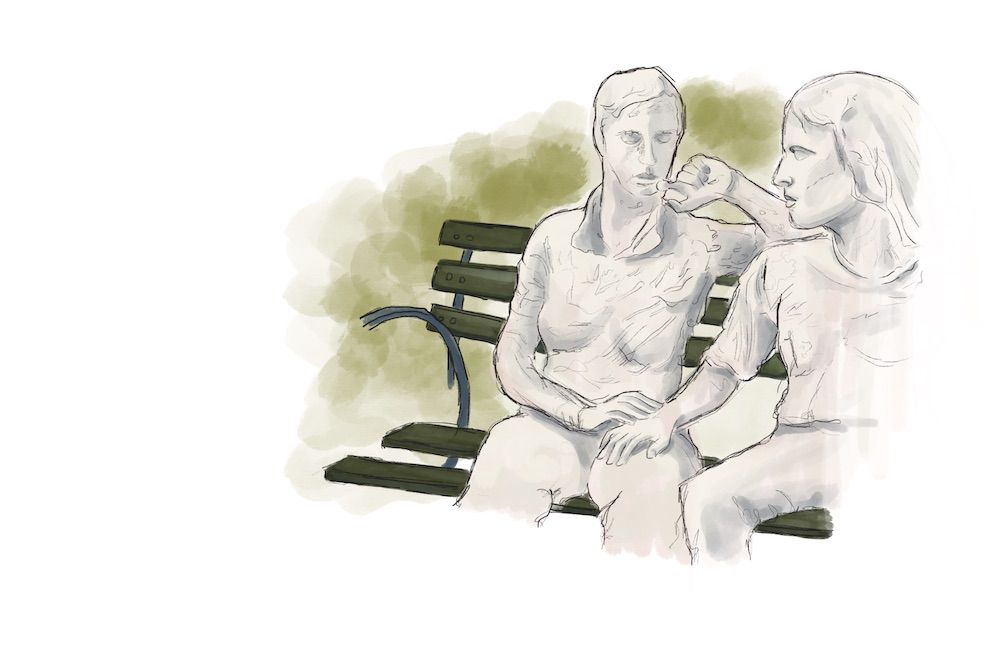
The Gay Liberation Monument at 53 Christopher Street in Greenwich Village was created as a way to commemorate the 10th anniversary of the Stonewall rebellion, a social uprising led by the gay liberation movement during the summer of 1969. Designed by the late sculptor George Segal and constructed of cast bronze covered in white lacquer, the sculpture resides within Christopher Park, located across the street from the Stonewall Inn, a popular gay bar and the movement’s epicenter. The serene scene of four people (two men and two women) shows the loving relationship between each couple. The sculpture almost never made it to New York City due to a public outcry of what was considered a controversial subject at the time. (From 1986 to 1991, it was installed in Madison, Wisconsin, before being moved to its permanent home in the park in 1992.) “I can’t believe it was too controversial for New York City at one time,” Zimmer says. “You think of New York as a liberal place, but apparently the rulers that be didn’t feel that way.”
American Merchant Mariners’ Memorial, by Marisol Escobar
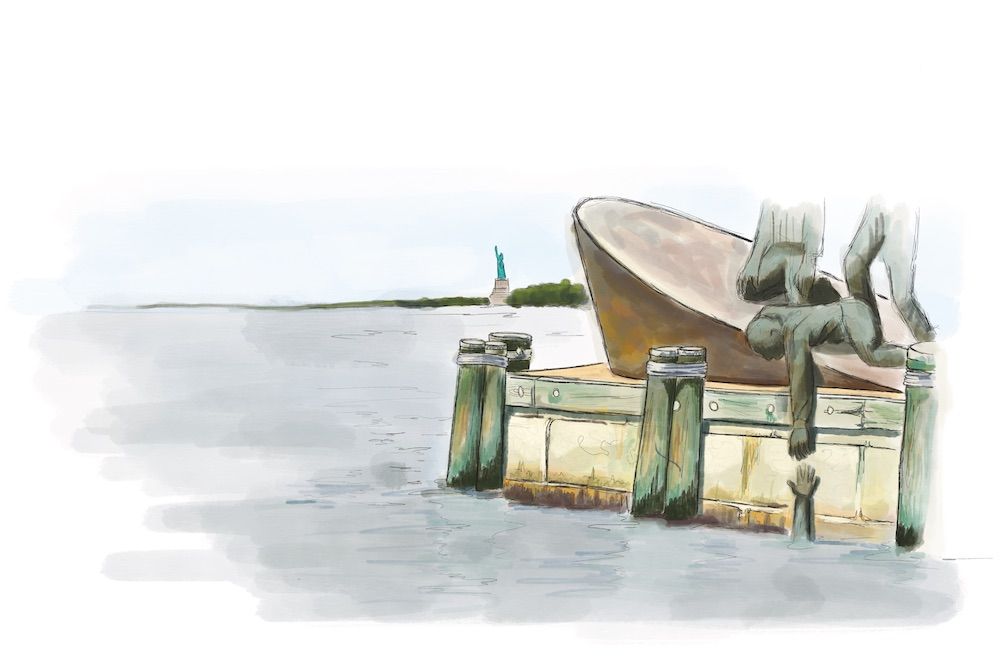
In the water lapping up against the shoreline of Battery Place on Manhattan’s southern tip sits a metal sculpture that changes depending on the time of day. Working with the tides, the American Merchant Mariners’ Memorial by French-Venezuelan artist Marisol Escobar (often known simply as Marisol) is either fully visible or submerged underwater. The bronze sculpture, which was unveiled in 1991, is based on an historical event that took place during World War II when a Nazi U-boat attacked a merchant marine vessel, and as the victims grasped to their sinking boat in an attempt to save their lives, their German opponents photographed them. “I love that this piece interacts with the city,” Zimmer says. The memorial pays tribute to the approximately 20,000 Merchant Mariners who were killed or lost at sea during the war, according to the book. “When the tide comes in, it looks like the soldiers are drowning. If this piece were on land, it wouldn’t have the same effect.”
Planning Your Next Trip?
Explore great travel deals
Smithsonian magazine participates in affiliate link advertising programs. If you purchase an item through these links, we receive a commission.
A Note to our Readers
Smithsonian magazine participates in affiliate link advertising programs. If you purchase an item through these links, we receive a commission.
/https://tf-cmsv2-smithsonianmag-media.s3.amazonaws.com/filer/8a/a5/8aa563b0-943e-47eb-9add-64607c3ffb0c/art_hiding_in_new_york_mobile.jpg)
/https://tf-cmsv2-smithsonianmag-media.s3.amazonaws.com/filer/38/77/3877fe92-a2ba-459e-a0ba-750b26a64178/art_hiding_in_new_york-social.jpg)
